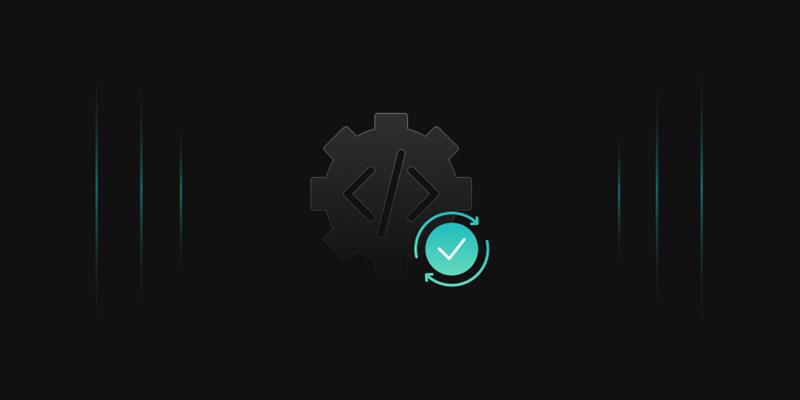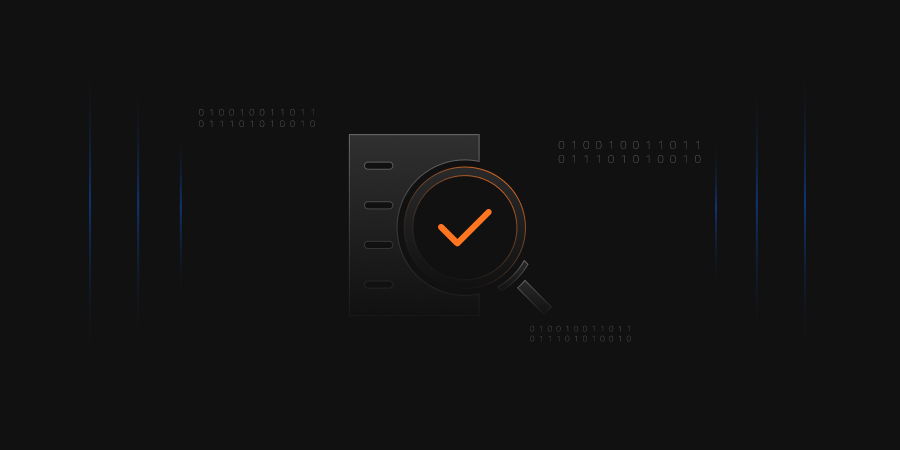Trust in the security surrounding your client’s sensitive data is vital in any type of organization. To ensure that you are properly protecting your data with strong cyber security regulations and tools, you will likely follow certain National Institute of Science and Technology frameworks. One such framework that was updated recently is their Cyber Security Framework. This new Framework takes a look at the idea of a Zero Trust security model. This type of security model is vital to today’s world, as it is necessary to make sure your client’s data is protected from both outside and insider threats. But what exactly is Zero Trust?
What is Zero Trust?
Zero Trust is a security model that is exactly as the name suggests, no one inside or outside the organization is trusted until they are authenticated, authorized, and validated multiple times. Below are the main three points to take away from a Zero Trust Model and what it entails:
-
Authentication and Authorization
Authentication and authorization are the most important principles in a Zero Trust Model. Ensuring that only those who are allowed to access certain data can access that data, ensures the safety and auditing of that data.
-
Least Privilege
The Zero Trust model also utilizes the idea of least privilege as well. Least privilege focuses on ensuring that users within the organization only have access to data that is necessary for work.
-
Tools and Platforms
Zero Trust is overall ensuring that a number of different tools and platforms are in place when users are attempting to work. This can include things like Make Me Admin, Two Factor Authentication, Multi-Factor Authentication, approvals, and services like Active Directory. Using one or multiple of these options can help ensure your organization is keeping the best possible Zero Trust environment, and that no users are misusing company property or data without you knowing immediately.
Now that we have a better understanding of the Zero Trust Model, let’s take a look at Cyber Security Framework 2.0.
Understanding CSF 2.0
Cyber Security Framework 2.0, or CSF 2.0, is a framework developed by the National Institute of Science and Technology (NIST) to provide a framework for organizations to maintain the security of their technical environment to the best of their abilities.
The original CSF 1.0 had a focus on general security practices that would secure your company’s environment, utilizing certain tools and practices to ensure no issues would occur with outside threats. With more of an emphasis on the Zero Trust security model, CSF 2.0 has more of a focus on the reality of security today.
Not even users in your organization should be fully trusted to access and handle all data. As insider threats rise, utilizing tools like Multi-Factor Authentication will help monitor who accesses what data and when. This helps keep an audit trail of data access and misuse, so whether you catch the threat or not, you have a trail to look back at on who last used this data. CSF 1.0 also had 5 different pillars for protecting data, but with CSF 2.0, there are now 6 pillars:
- Identify: Determining the cyber security risk that the company is facing.
- Protect: Implementing what is necessary to protect the organization.
- Detect: Discovering any issues or threats to the cyber security health of the organization.
- Respond: Taking action when a threat is discovered to mitigate that threat.
- Recover: How the recovery to a baseline status is obtained after a threat is detected and responded to.
- Govern: Governance focuses on the idea that cyber security is a real risk that must be continually monitored and regulated. This means constant monitoring should be in place with regulations and expectations of upper management in place as well.
These key pillars are meant to protect all types of organizations, no matter how large or small their cyber security presence may be within the organization.
CSF 2.0 is the core of the NIST’s release on this subject, but they also provide examples of how to implement zero trust within an organization, guides on how to start with organizations with a specific use case in mind and interrelation between CSF 2.0 and other frameworks and regulations the NIST has released in the past. Understanding CSF 2.0 is just the first step in providing a Zero Trust organization. An organization must also understand the risks associated with a Zero Trust environment.
Risks to Zero Trust
In the long run, Zero Trust will help secure your organization. There are, however, certain risks to using Zero Trust. One of these risks is it will take longer to complete tasks. As almost every important event will require authorization or signing in of some sort, it can take a while to complete tasks that may have taken much less time in the past. Going from an environment that is not set up for Zero Trust can cost a lot of manpower and time.
Zero Trust is a complex system to implement from scratch, so it will also generally require a change of mindset by your IT and security teams. An organization that implicitly trusts every employee will have a difficult time changing over to trusting no one, but this change is necessary in today’s world and will help protect your organization’s sensitive information in the future. The final step today is learning how to achieve a Zero Trust environment in your organization.
Achieving a Zero Trust Environment
In this blog I have already mentioned several tools and methods to achieve a Zero Trust environment in your organization, but let’s take a deeper look at what these tools and methods are and what they entail:
-
Multi-Factor Authentication
One of the easiest methods to begin your Zero Trust journey is to implement Multi-Factor Authentication, or MFA. This is a simple and commonly used method which utilizes things like a password in association with a hardware key. MFA helps authorize and authenticate users quickly and efficiently, with minimal complicated integration necessary.
-
Keeping Devices and Software up to date
One of the most common methods threat actors use to steal sensitive information is to exploit known security flaws in software that has not been updated yet. By keeping devices and software up to date on patches and updates, this threat will not even become a factor.
-
Apply the idea of Least Privilege
The idea of least privilege should be used to ensure that a developer or insider can only access data they need to work. If they can access all data, or any data that they do not need, they have the ability to steal or misuse data that would be mitigated by implementing least privilege.
-
Segment the Network
Segmenting your network into smaller pieces would mitigate the area of issue if a threat actor managed to release malware into your environment. Instead of spreading all across the network like normal, a segmented network would limit the area the malware could affect, meaning that less users would be effected by the malware, thus minimizing its risk.
Conclusion
Now that you understand the ideas behind Zero Trust, why it is so vital, and how to implement it, your organization can begin its Zero Trust journey. The risks associated with having a Zero Trust organization in place are far outweighed by the risks associated with leaving your data insecure.
The amount damage an insider or outside threat actor can implement is a very real risk in today’s world, so make sure you begin your Zero Trust journey today. If you need any assistance with understanding anything discussed here, or if you wish to utilize any of our tools, reach out to www.encryptionconsulting.com.




